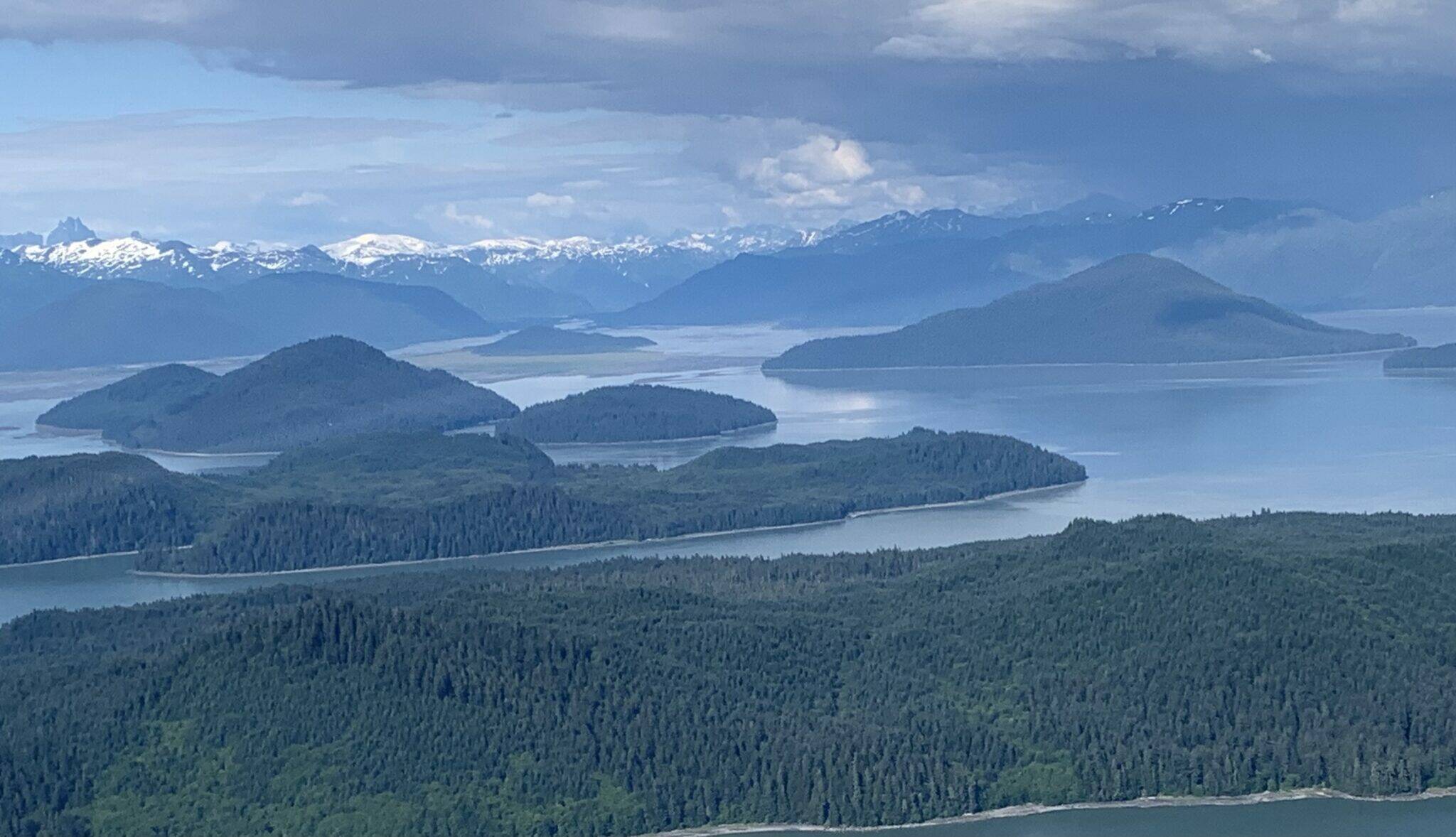“Rest assured,” writes Michael Goehring, president of the British Columbia Mining Association, to Southeast Alaskans in his recent commentary. “Our industry is committed to managing transboundary watersheds with the highest standards of regulatory and environmental protection.”
Unfortunately, a look at the reality of British Columbia mining reveals a different story. The Mount Polley dam went through rigorous permitting yet failed in less than 20 years. The permitting process is akin to gazing into a crystal ball and requires predictions to look hundreds if not thousands of years into the future.
Studies of U.S mines show that the environmental assessment process does not accurately predict future water pollution and modern mines worldwide are failing at a higher rate and with more catastrophic consequences than older mines. In terms of impacts, the industry is getting worse.
Mr. Goehring reminds us that regulatory changes were made after the worst environmental disaster in British Columbia’s history occurred at Mount Polley. However, the recommendation of the Mount Polley independent expert panel to move away from using the type of dam that failed was ignored, and business as usual continues.
Long-term negative impacts for short-term gains
After the Mount Polley dam failed, the same type of dam was certified for the Red Chris mine in the Stikine River watershed. In less than 10 years of operations — and meeting British Columbia’s requirements — selenium levels in Ealue Lake below the dam have doubled. The downstream community has been warned that the fish they once relied on is now contaminated.
Teck Resources’ open pit coal mines in Elk Valley also operate under B.C.’s “highest standards”, and have caused widespread harm to local communities, waterways, and fish with toxic runoff.
The fully permitted KSM Mine in the Unuk River watershed will be 4.5 times larger than the Red Chris and will operate in a watershed that is 13 times smaller. The Unuk watershed already contains one operating mine with another open pit in the works.
The mining industry routinely trades long-term negative impacts for short-term gains.
Mining produces an estimated 100 billion tons of hazardous waste per year. The long-term negative impacts on waterways, ecosystems, and communities are well documented. The responsibility of dealing with the toxic effects of mine waste is transferred from the miners to the public and from dealing with it now to sometime far into the future. There is no mystery as to why there are over a million abandoned mines in the world.
Mr. Goehring assures us Alaskans that our input, feedback and concerns over several mining projects and operations are being heard and considered. Consideration falls short of seeking the free, prior and informed consent enshrined in Canada’s ratification of the U.N. Declaration on the Rights of Indigenous Peoples. This consideration has not resulted in a single substantial change to the mine plans. It is only a box to be checked along the way to approving a mine.
Newmont Corp., the owner of the Red Chris and Brucejack mines operating in our shared watersheds, along with other Canadian mining companies, faces controversy overseas. An investigation following a land dispute in Peru found Newmont ignored human rights by “prioritizing eviction and litigation over dialogue.” In Guatemala, Marlin Mine, developed by Goldcorp which is now owned by Newmont, was found to have contaminated a river with cyanide. The river was a drinking water source, and the mine was shut down after a series of protests — after the damage was already done. Is that how consideration works?
The mines both existing and proposed that keep Southeast Alaskans awake at night operate in the rivers that define Southeast Alaska. The Taku, Stikine and Unuk rivers sustain an entire temperate rainforest, and the salmon and eulachon that spawn in their waters are culturally, economically and spiritually central to the Tlingit, Haida and Tsimshian peoples.
Not only are productive ecosystems destroyed for corporate profit, but it is done with the public’s money. British Columbia must approve mines in order to pay off the estimated $716 million that it cost to build the Northwest Transmission Line (NTL) Project. Potential new mines account for over 97% of the demand for the power delivered by the NTL. The NTL is only a small part of the BC Hydro project that has burdened B.C. taxpayers with an estimated $76 billion in debt.
Goehring is correct in one aspect: British Columbia and Alaska do share common goals in relation to mining: subsidizing it with public monies and rubber-stamping new mining projects without adequate review or public input. Like B.C., Alaska is “open for business”, and one only has to look at its support for the Ambler Road or the Pebble project over local opposition. Alaska won’t even give some of its citizens consideration, as was demonstrated when it approved a controversial wastewater permit above the Chilkat River. The state worked with the mining company to keep the public in the dark about the existence of the permit until after the opportunity to appeal had passed.
As neighbors bound by shared watersheds, it is crucial to foster a dialogue that transcends rhetoric — one that is centered on stewarding our life-giving rivers for the true prosperity of both present and future generations, whether in Alaska or British Columbia. Until then, we won’t be getting much sleep.
• Guy Archibald is the executive director for the Southeast Alaska Indigenous Transboundary Commission (SEITC), a consortium of 15 Tlingit, Haida and Tsimshian Nations that works to uphold sovereign rights to steward the transboundary watersheds. This article was originally published by the Alaska Beacon.

